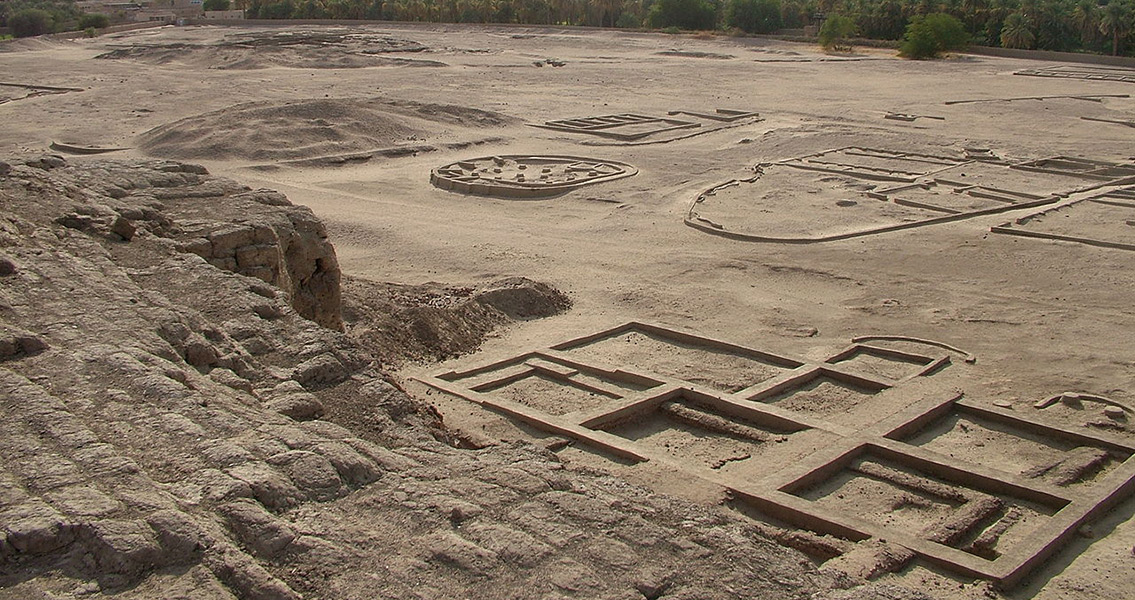<![CDATA[Veteran archaeologist Charles Bonnet has discovered three temples constructed in the Sudan thousands of years ago, a find which may provide new information about Africa's ancient buried past. Dating back to between 1,500 and 2,000 BCE, the oval and round structures were unearthed in 2016 near Kerma, the well-known archeological site in northern Sudan. Bonnet, considered a master student of the rich archeological history of Sudan, says in an AFP article that the newly discovered sites were different than anything discovered to date, adding, "This architecture is unknown ... there is no example in central Africa or in the Nile Valley of this architecture." Discovered at Dogi Gel (Red Hill), the temples are located just several hundred meters from Kerma, where Bonnet and his research team have spent decades excavating. "At Kerma the architecture is square or rectangular shaped... and here just a kilometres away we have round structures," Bonnet says in the article, "We don't know of many round temples in the world... we don't have examples to compare." It’s believed that the treasure trove of artifacts found in the three temples provides a never-before-seen view into ancient African history, a subject that has always been challenging for researchers. The recently discovered architecture is completely new, and doesn’t resemble either Egyptian or Nubian architecture, the two primary archaeological influences of the region. Bonnet, who has been endeavoring to peel back the layers of the ancient kingdom of Kerma for decades, has been credited with showing Sudan as more than Egypt’s poor neighbor. He previously uncovered the seven granite statues known as the “black pharaohs” near the Nile river, which depict the Nubian rulers of Sudan. Nubia was the home of several of Africa's earliest kingdoms, and was widely recognized for its rich deposits of ivory, gold, and ebony. During this recent dig, enormous fortifications were also found at Dogi Gel, suggesting the site has much more that’s waiting to be discovered. The presence of fortifications indicates that the region was once defended by an alliance, which probably included the king of Kerma, along with people from Darfur and central Sudan, against the ancient Egyptians looking to control trade and commerce across central Africa. Bonnet has worked in the Sudan for over 50 years, and is hopeful his new findings will help unlock the oldest mysteries of the continent. More archaeologists than ever are expressing an interest in exploring the Nile Valley in north Sudan, where the Kushite kingdom prospered between the present day city of Khartoum (Sudan’s second largest city) and the border with Egypt, and where Bonnet remains convinced that there are many kingdoms still buried. "This country is enormous, it's the heart of Africa with many influences coming from the Red Sea, from Darfur and from Kordofan," he is quoted as saying in the article, "We have here extraordinary history of the world, maybe after some years we will have Sudanology as strong as Egyptology." ]]>
Veteran Archaeologist Discovers Temples in Northern Sudan
